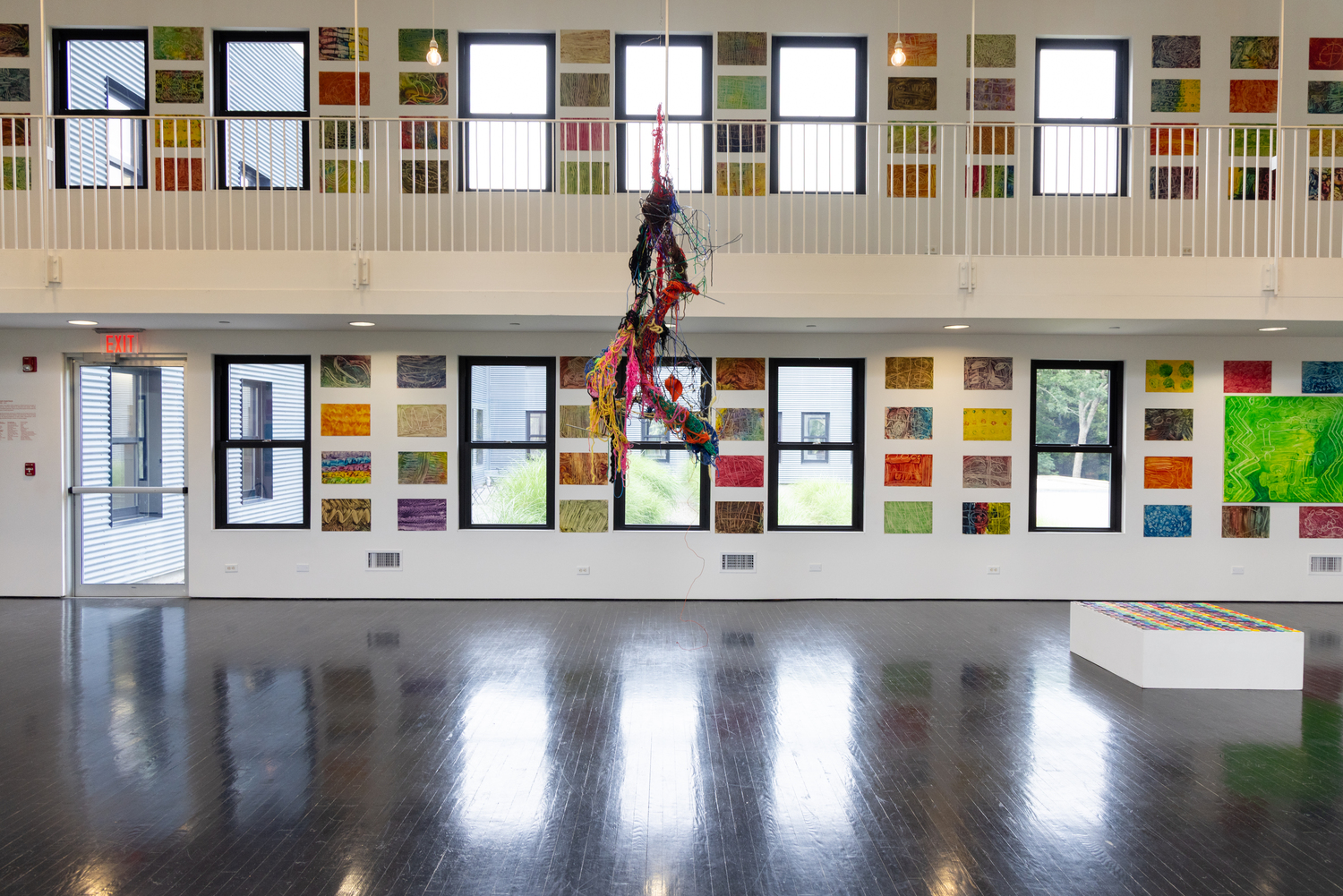
"Upside Down Zebra" features approximately 900 pieces of children’s artwork from the Rhoda Kellogg International Child Art Collection, presented alongside works by over 35 contemporary artists who directly engage with the archive. LINDSAY MORRIS/COURTESY THE WATERMILL CENTER
"Upside Down Zebra" features approximately 900 pieces of children’s artwork from the Rhoda Kellogg International Child Art Collection, presented alongside works by over 35 contemporary artists who directly engage with the archive. LINDSAY MORRIS/COURTESY THE WATERMILL CENTER
"Upside Down Zebra" features approximately 900 pieces of children’s artwork from the Rhoda Kellogg International Child Art Collection, presented alongside works by over 35 contemporary artists who directly engage with the archive. LINDSAY MORRIS/COURTESY THE WATERMILL CENTER
"Upside Down Zebra" features approximately 900 pieces of children’s artwork from the Rhoda Kellogg International Child Art Collection, presented alongside works by over 35 contemporary artists who directly engage with the archive. LINDSAY MORRIS/COURTESY THE WATERMILL CENTER
"Upside Down Zebra" features approximately 900 pieces of children’s artwork from the Rhoda Kellogg International Child Art Collection, presented alongside works by over 35 contemporary artists who directly engage with the archive. LINDSAY MORRIS/COURTESY THE WATERMILL CENTER
"Upside Down Zebra" features approximately 900 pieces of children’s artwork from the Rhoda Kellogg International Child Art Collection, presented alongside works by over 35 contemporary artists who directly engage with the archive. LINDSAY MORRIS/COURTESY THE WATERMILL CENTER
"Upside Down Zebra" features approximately 900 pieces of children’s artwork from the Rhoda Kellogg International Child Art Collection, presented alongside works by over 35 contemporary artists who directly engage with the archive. LINDSAY MORRIS/COURTESY THE WATERMILL CENTER
"Upside Down Zebra" features approximately 900 pieces of children’s artwork from the Rhoda Kellogg International Child Art Collection, presented alongside works by over 35 contemporary artists who directly engage with the archive. LINDSAY MORRIS/COURTESY THE WATERMILL CENTER
"Upside Down Zebra" features approximately 900 pieces of children’s artwork from the Rhoda Kellogg International Child Art Collection, presented alongside works by over 35 contemporary artists who directly engage with the archive. LINDSAY MORRIS/COURTESY THE WATERMILL CENTER
"Upside Down Zebra" features approximately 900 pieces of children’s artwork from the Rhoda Kellogg International Child Art Collection, presented alongside works by over 35 contemporary artists who directly engage with the archive. LINDSAY MORRIS/COURTESY THE WATERMILL CENTER
"Upside Down Zebra" features approximately 900 pieces of children’s artwork from the Rhoda Kellogg International Child Art Collection, presented alongside works by over 35 contemporary artists who directly engage with the archive. LINDSAY MORRIS/COURTESY THE WATERMILL CENTER
"Upside Down Zebra" features approximately 900 pieces of children’s artwork from the Rhoda Kellogg International Child Art Collection, presented alongside works by over 35 contemporary artists who directly engage with the archive. LINDSAY MORRIS/COURTESY THE WATERMILL CENTER
"Upside Down Zebra" features approximately 900 pieces of children’s artwork from the Rhoda Kellogg International Child Art Collection, presented alongside works by over 35 contemporary artists who directly engage with the archive. LINDSAY MORRIS/COURTESY THE WATERMILL CENTER
"Upside Down Zebra" features approximately 900 pieces of children’s artwork from the Rhoda Kellogg International Child Art Collection, presented alongside works by over 35 contemporary artists who directly engage with the archive. LINDSAY MORRIS/COURTESY THE WATERMILL CENTER
"Upside Down Zebra" features approximately 900 pieces of children’s artwork from the Rhoda Kellogg International Child Art Collection, presented alongside works by over 35 contemporary artists who directly engage with the archive. LINDSAY MORRIS/COURTESY THE WATERMILL CENTER
"Upside Down Zebra" features approximately 900 pieces of children’s artwork from the Rhoda Kellogg International Child Art Collection, presented alongside works by over 35 contemporary artists who directly engage with the archive. LINDSAY MORRIS/COURTESY THE WATERMILL CENTER
"Upside Down Zebra" features approximately 900 pieces of children’s artwork from the Rhoda Kellogg International Child Art Collection, presented alongside works by over 35 contemporary artists who directly engage with the archive. LINDSAY MORRIS/COURTESY THE WATERMILL CENTER
"Upside Down Zebra" features approximately 900 pieces of children’s artwork from the Rhoda Kellogg International Child Art Collection, presented alongside works by over 35 contemporary artists who directly engage with the archive. LINDSAY MORRIS/COURTESY THE WATERMILL CENTER
"Upside Down Zebra" features approximately 900 pieces of children’s artwork from the Rhoda Kellogg International Child Art Collection, presented alongside works by over 35 contemporary artists who directly engage with the archive. LINDSAY MORRIS/COURTESY THE WATERMILL CENTER
"Upside Down Zebra" features approximately 900 pieces of children’s artwork from the Rhoda Kellogg International Child Art Collection, presented alongside works by over 35 contemporary artists who directly engage with the archive. LINDSAY MORRIS/COURTESY THE WATERMILL CENTER
"Upside Down Zebra" features approximately 900 pieces of children’s artwork from the Rhoda Kellogg International Child Art Collection, presented alongside works by over 35 contemporary artists who directly engage with the archive. LINDSAY MORRIS/COURTESY THE WATERMILL CENTER
"Upside Down Zebra" features approximately 900 pieces of children’s artwork from the Rhoda Kellogg International Child Art Collection, presented alongside works by over 35 contemporary artists who directly engage with the archive. LINDSAY MORRIS/COURTESY THE WATERMILL CENTER
"Upside Down Zebra" features approximately 900 pieces of children’s artwork from the Rhoda Kellogg International Child Art Collection, presented alongside works by over 35 contemporary artists who directly engage with the archive. LINDSAY MORRIS/COURTESY THE WATERMILL CENTER

"Upside Down Zebra" features approximately 900 pieces of children’s artwork from the Rhoda Kellogg International Child Art Collection, presented alongside works by over 35 contemporary artists who directly engage with the archive. LINDSAY MORRIS/COURTESY THE WATERMILL CENTER

"Upside Down Zebra" features approximately 900 pieces of children’s artwork from the Rhoda Kellogg International Child Art Collection, presented alongside works by over 35 contemporary artists who directly engage with the archive. LINDSAY MORRIS/COURTESY THE WATERMILL CENTER
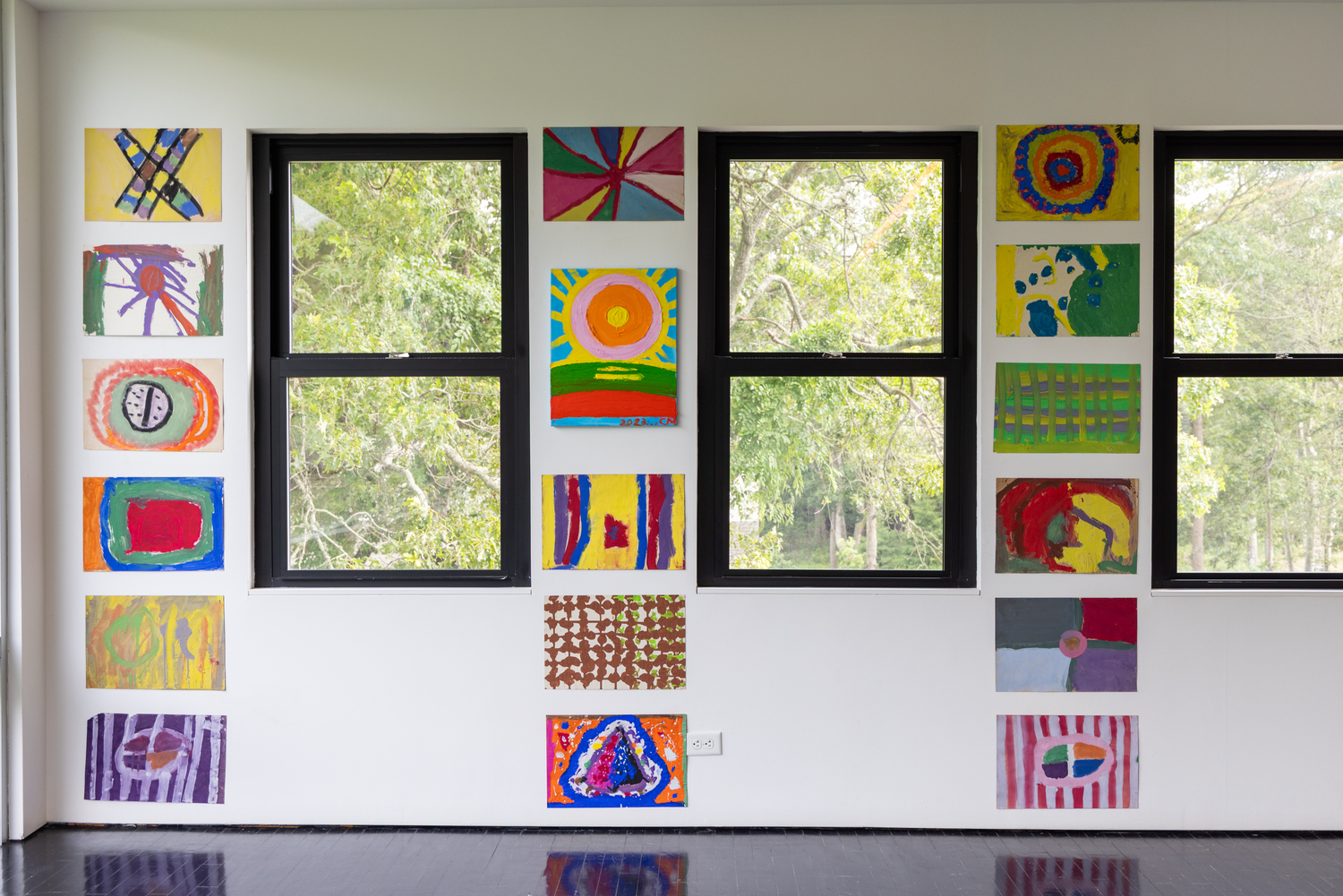
"Upside Down Zebra" features approximately 900 pieces of children’s artwork from the Rhoda Kellogg International Child Art Collection, presented alongside works by over 35 contemporary artists who directly engage with the archive. LINDSAY MORRIS/COURTESY THE WATERMILL CENTER
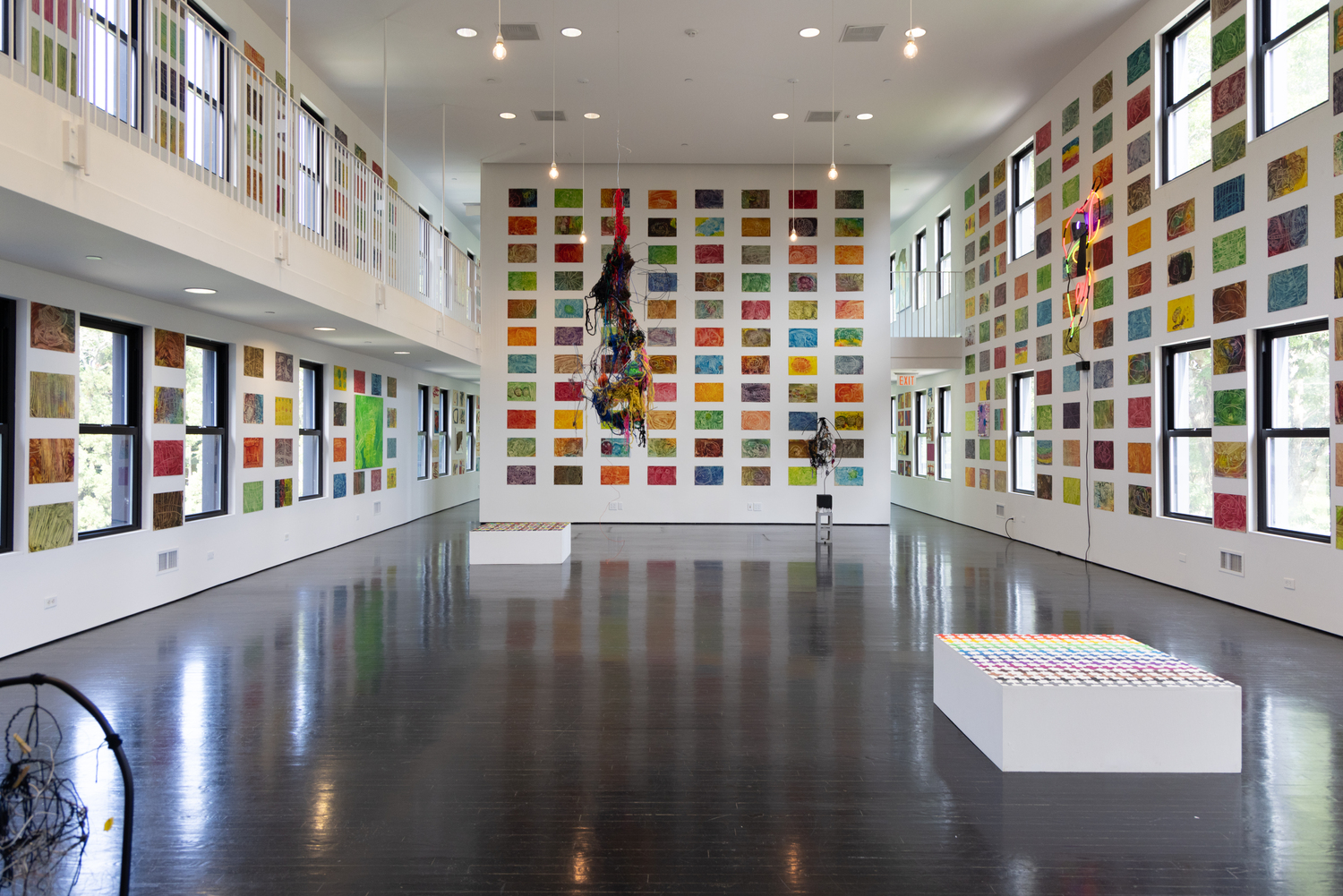
"Upside Down Zebra" features approximately 900 pieces of children’s artwork from the Rhoda Kellogg International Child Art Collection, presented alongside works by over 35 contemporary artists who directly engage with the archive. LINDSAY MORRIS/COURTESY THE WATERMILL CENTER

"Upside Down Zebra" features approximately 900 pieces of children’s artwork from the Rhoda Kellogg International Child Art Collection, presented alongside works by over 35 contemporary artists who directly engage with the archive. LINDSAY MORRIS/COURTESY THE WATERMILL CENTER

"Upside Down Zebra" features approximately 900 pieces of children’s artwork from the Rhoda Kellogg International Child Art Collection, presented alongside works by over 35 contemporary artists who directly engage with the archive. LINDSAY MORRIS/COURTESY THE WATERMILL CENTER

"Upside Down Zebra" features approximately 900 pieces of children’s artwork from the Rhoda Kellogg International Child Art Collection, presented alongside works by over 35 contemporary artists who directly engage with the archive. LINDSAY MORRIS/COURTESY THE WATERMILL CENTER

"Upside Down Zebra" features approximately 900 pieces of children’s artwork from the Rhoda Kellogg International Child Art Collection, presented alongside works by over 35 contemporary artists who directly engage with the archive. LINDSAY MORRIS/COURTESY THE WATERMILL CENTER

"Upside Down Zebra" features approximately 900 pieces of children’s artwork from the Rhoda Kellogg International Child Art Collection, presented alongside works by over 35 contemporary artists who directly engage with the archive. LINDSAY MORRIS/COURTESY THE WATERMILL CENTER

"Upside Down Zebra" features approximately 900 pieces of children’s artwork from the Rhoda Kellogg International Child Art Collection, presented alongside works by over 35 contemporary artists who directly engage with the archive. LINDSAY MORRIS/COURTESY THE WATERMILL CENTER
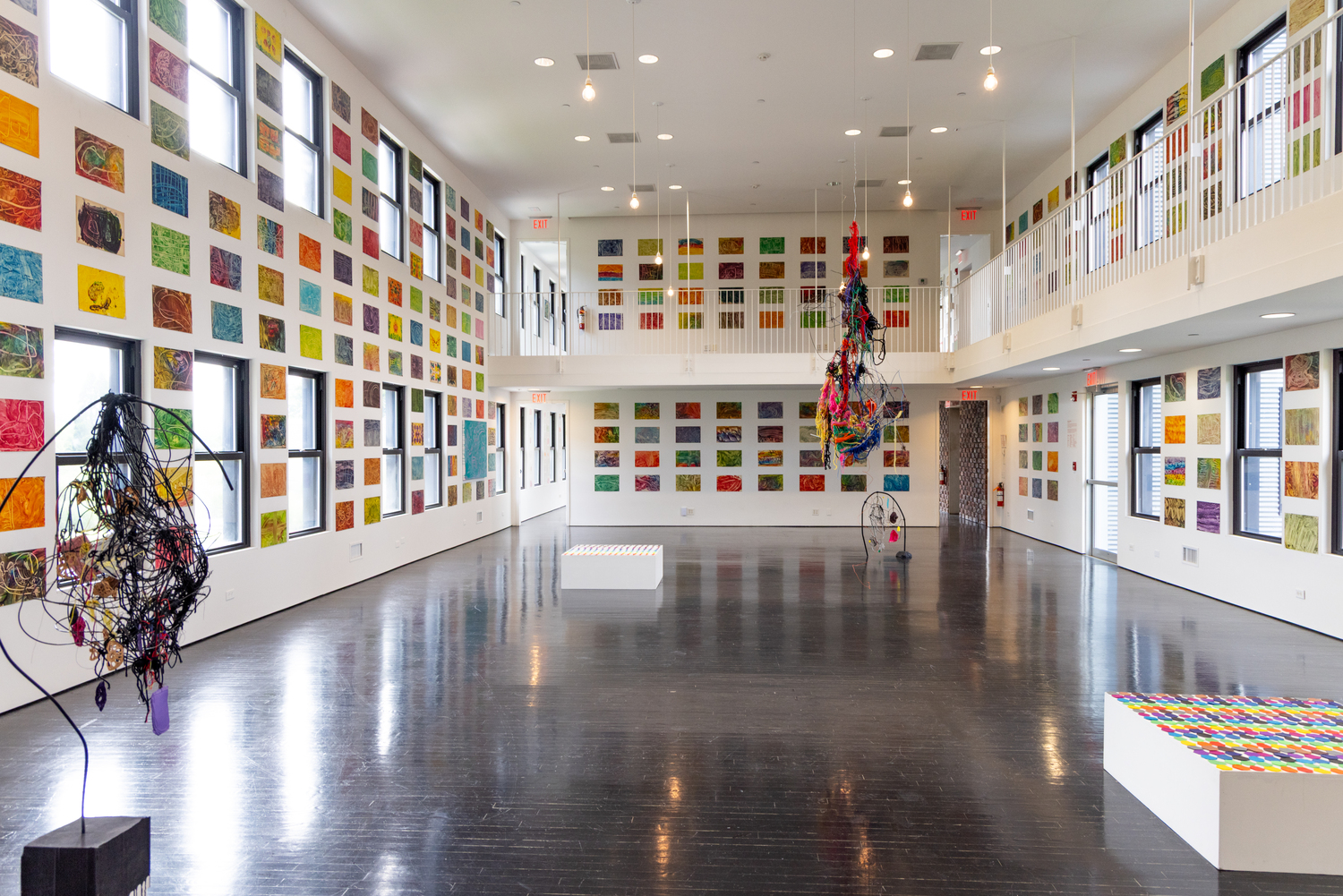
"Upside Down Zebra" features approximately 900 pieces of children’s artwork from the Rhoda Kellogg International Child Art Collection, presented alongside works by over 35 contemporary artists who directly engage with the archive. LINDSAY MORRIS/COURTESY THE WATERMILL CENTER

"Upside Down Zebra" features approximately 900 pieces of children’s artwork from the Rhoda Kellogg International Child Art Collection, presented alongside works by over 35 contemporary artists who directly engage with the archive. LINDSAY MORRIS/COURTESY THE WATERMILL CENTER

"Upside Down Zebra" features approximately 900 pieces of children’s artwork from the Rhoda Kellogg International Child Art Collection, presented alongside works by over 35 contemporary artists who directly engage with the archive. LINDSAY MORRIS/COURTESY THE WATERMILL CENTER

"Upside Down Zebra" features approximately 900 pieces of children’s artwork from the Rhoda Kellogg International Child Art Collection, presented alongside works by over 35 contemporary artists who directly engage with the archive. LINDSAY MORRIS/COURTESY THE WATERMILL CENTER

"Upside Down Zebra" features approximately 900 pieces of children’s artwork from the Rhoda Kellogg International Child Art Collection, presented alongside works by over 35 contemporary artists who directly engage with the archive. LINDSAY MORRIS/COURTESY THE WATERMILL CENTER
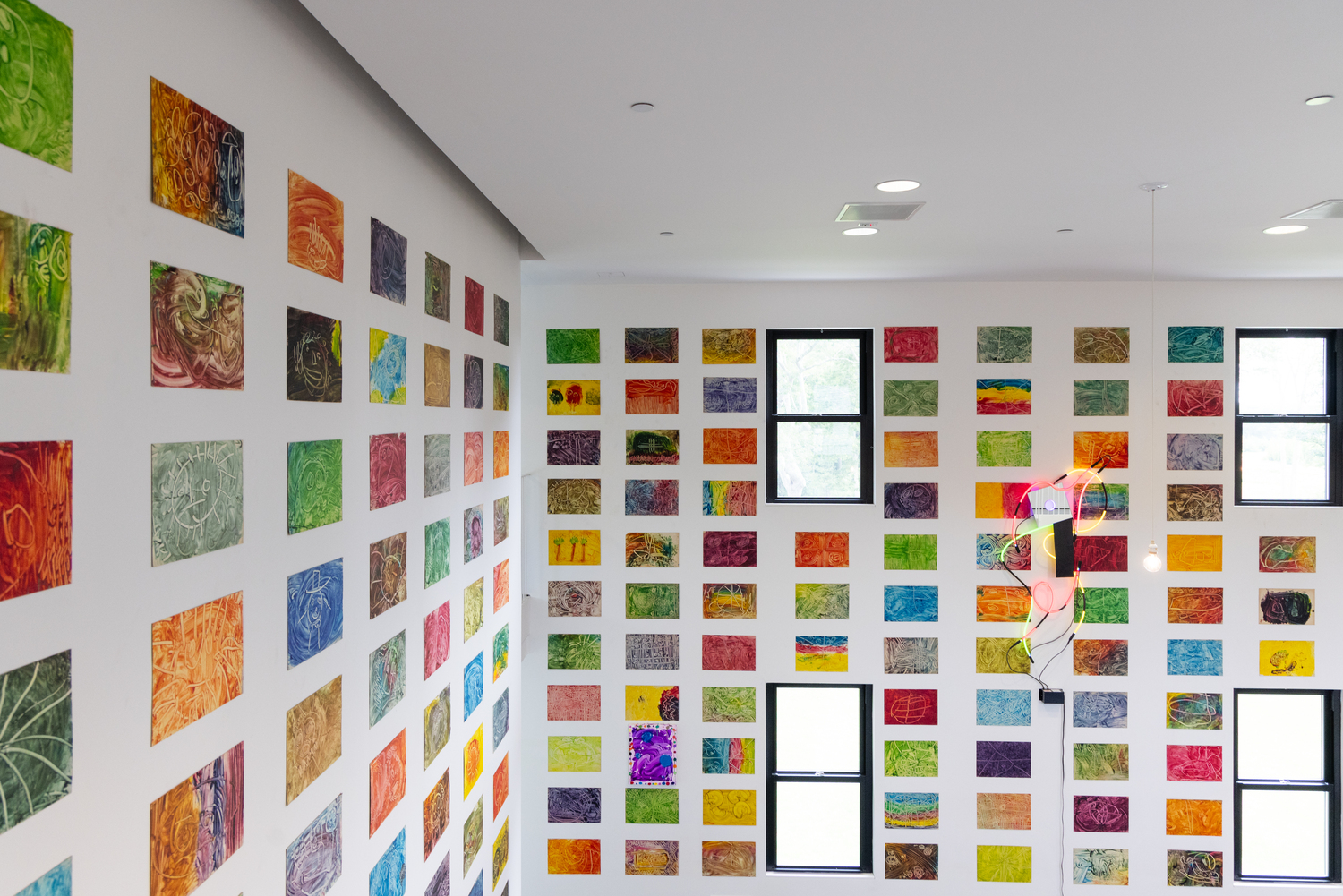
"Upside Down Zebra" features approximately 900 pieces of children’s artwork from the Rhoda Kellogg International Child Art Collection, presented alongside works by over 35 contemporary artists who directly engage with the archive. LINDSAY MORRIS/COURTESY THE WATERMILL CENTER

"Upside Down Zebra" features approximately 900 pieces of children’s artwork from the Rhoda Kellogg International Child Art Collection, presented alongside works by over 35 contemporary artists who directly engage with the archive. LINDSAY MORRIS/COURTESY THE WATERMILL CENTER

"Upside Down Zebra" features approximately 900 pieces of children’s artwork from the Rhoda Kellogg International Child Art Collection, presented alongside works by over 35 contemporary artists who directly engage with the archive. LINDSAY MORRIS/COURTESY THE WATERMILL CENTER

"Upside Down Zebra" features approximately 900 pieces of children’s artwork from the Rhoda Kellogg International Child Art Collection, presented alongside works by over 35 contemporary artists who directly engage with the archive. LINDSAY MORRIS/COURTESY THE WATERMILL CENTER
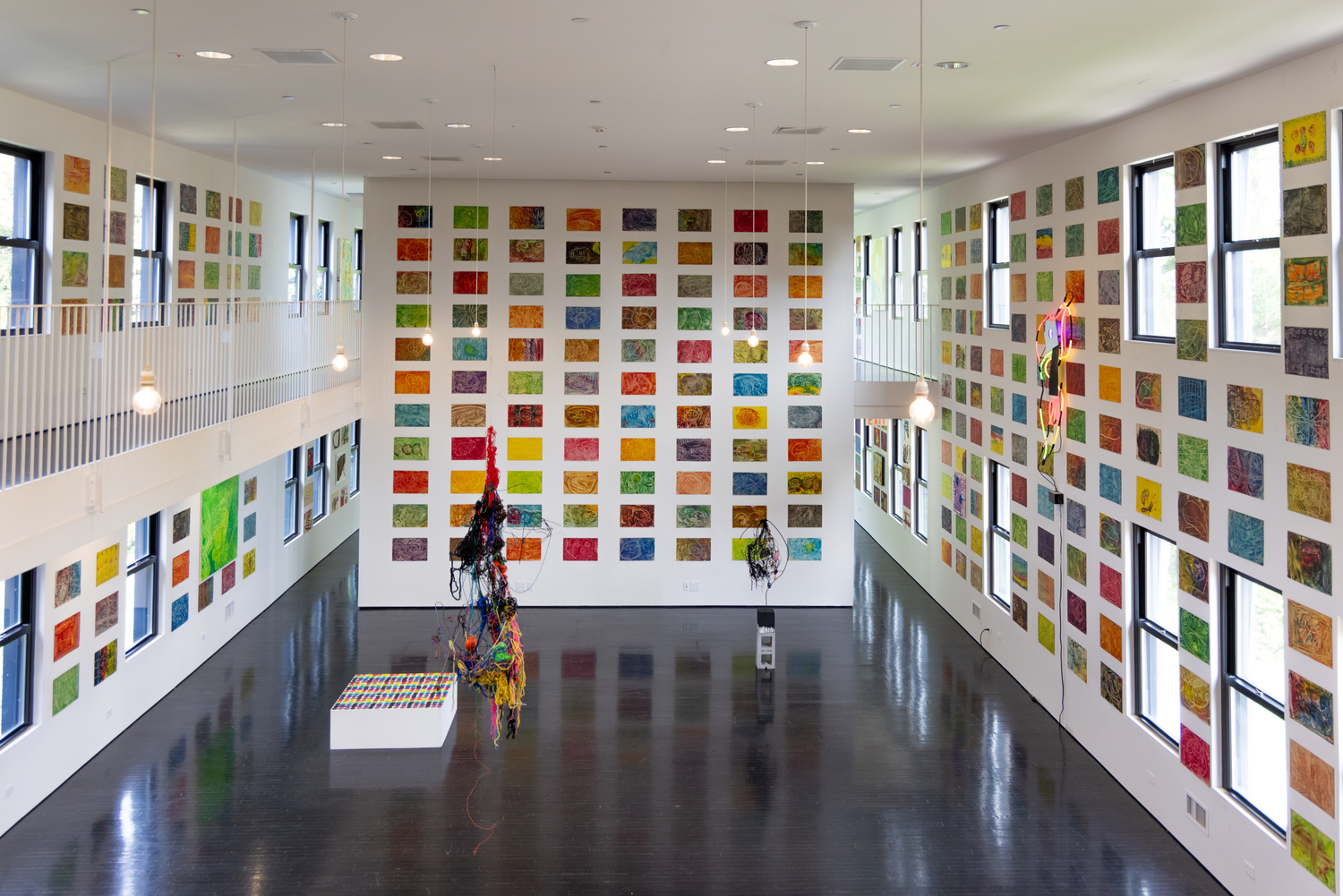
"Upside Down Zebra" features approximately 900 pieces of children’s artwork from the Rhoda Kellogg International Child Art Collection, presented alongside works by over 35 contemporary artists who directly engage with the archive. LINDSAY MORRIS/COURTESY THE WATERMILL CENTER

"Upside Down Zebra" features approximately 900 pieces of children’s artwork from the Rhoda Kellogg International Child Art Collection, presented alongside works by over 35 contemporary artists who directly engage with the archive. LINDSAY MORRIS/COURTESY THE WATERMILL CENTER

"Upside Down Zebra" features approximately 900 pieces of children’s artwork from the Rhoda Kellogg International Child Art Collection, presented alongside works by over 35 contemporary artists who directly engage with the archive. LINDSAY MORRIS/COURTESY THE WATERMILL CENTER

"Upside Down Zebra" features approximately 900 pieces of children’s artwork from the Rhoda Kellogg International Child Art Collection, presented alongside works by over 35 contemporary artists who directly engage with the archive. LINDSAY MORRIS/COURTESY THE WATERMILL CENTER
The Watermill Center is currently exhibiting the largest show in its history. Six galleries are exploding with color, their walls and floors home to nearly 1,000 works of art, ranging from sculpture to watercolor and even crayon on paper.
After all, the majority of the artists are no older than 10.
“Upside Down Zebra,” from the minds and creative visions of co-curators Noah Khoshbin and Brian Belott, features hundreds of pieces of children’s artwork from the Rhoda Kellogg International Child Art Collection, alongside pieces by over 35 contemporary artists who directly engage with Kellogg’s archive.
The result, Khoshbin explained, is a show and dialogue that he has been dreaming about for nearly five years.
“It’s a pretty monumental installation and exhibition,” he said. “So we’re really happy.”
Belott, who is an artist, performer and lead archivist of the Kellogg collection, first introduced Khoshbin to this massive body of children’s art through the first-ever exhibition of her life’s work at White Columns in New York in 2019.
“I saw that and I said, ‘I need to bring this to Watermill in an expanded version,’” Khoshbin recalled.
Not only was he enraptured by the collection itself, but also her story. Kellogg, born in 1898, was an early childhood scholar, theorist, educator, author and activist who, for six decades, was in a near-continual state of processing child art. She amassed her collection — which exceeded 2 million drawings — during her travels to 30 countries, as well as through the Phoebe A. Hearst Preschool, which she designed and directed in San Francisco from 1966 to 1986.
It is the largest survey of scribbles and finger paintings ever collected.
“It was how masterful the works were,” Khoshbin said of what drew him to the collection. “Even the abstract works and the pictorial works were on par with anything an adult is making. You’re just flabbergasted. You’re just blown away that these were 6-year-olds or 8-year-olds.”
Over the course of her career, Kellogg created a classification system that describes the development of graphic expression in young children. Her research demonstrated that children follow a predictable pattern of graphic development, from scribbles through certain basic forms — and that it is universal across countries, cultures, gender, socioeconomic status and more.
But it took time for her “whole child” approach to learning, which is a widely held practice today, to gain traction, Khoshbin said.
“She was a woman in a world of men, in terms of cognitive development and that kind of research science, and so it was overlooked, really, because she was a woman at that time,” he said. “But see, the proof is in the pudding, and she collected upward of 2 million works of art and through that — through the study of a few hundred thousand works — she started to see patterns emerging that she couldn’t quite explain.”
Inside any given scribble, there is more than meets the eye, Khoshbin said. In fact, there are 20 distinct types of scribbles, he said, which Kellogg tracked and mapped. The dash, dot, diagonal line, single curved line, roving open line, the spiral line and more eventually evolved into diagrams, then the stick figure and, ultimately, pictorialism — a sequence that the exhibition shows, as well.
“She put forward that the child first draws the human figure from abstraction, meaning from the 20 basic scribbles through the diagrams, so they’re not observing their parents or their classmates and like, ‘Oh, I’m going to draw them and here I arrive at a stick figure.’ It arrives through the abstraction, through those progressive stages.”
Ultimately, visitors don’t need to know any of the cognitive science to appreciate the show, Khoshbin said, though it is explained for those who are interested.
“When you’re in the exhibition, most people just gloss by the text and whatever printed matter, and they go straight for the images,” he said. “I think it’s powerful visually in a way. I think people will, in the end, come away with the power of the work on its own, as a body of art.”
“Upside Down Zebra,” an exploration of the artistic value of children’s imagination, its inherent role in cognitive development and its profound influence on contemporary art, will remain on view through February 15, 2026, at The Watermill Center, 39 Water Mill/Towd Road, Water Mill. For more information, visit watermillcenter.org.
We're happy you are enjoying our content. You've read 4 of your 7 free articles this month. Please log in or create an account to continue reading.
Login / Create AccountWe're happy you are enjoying our content. Please subscribe to continue reading.
Subscribe Already a Subscriber


